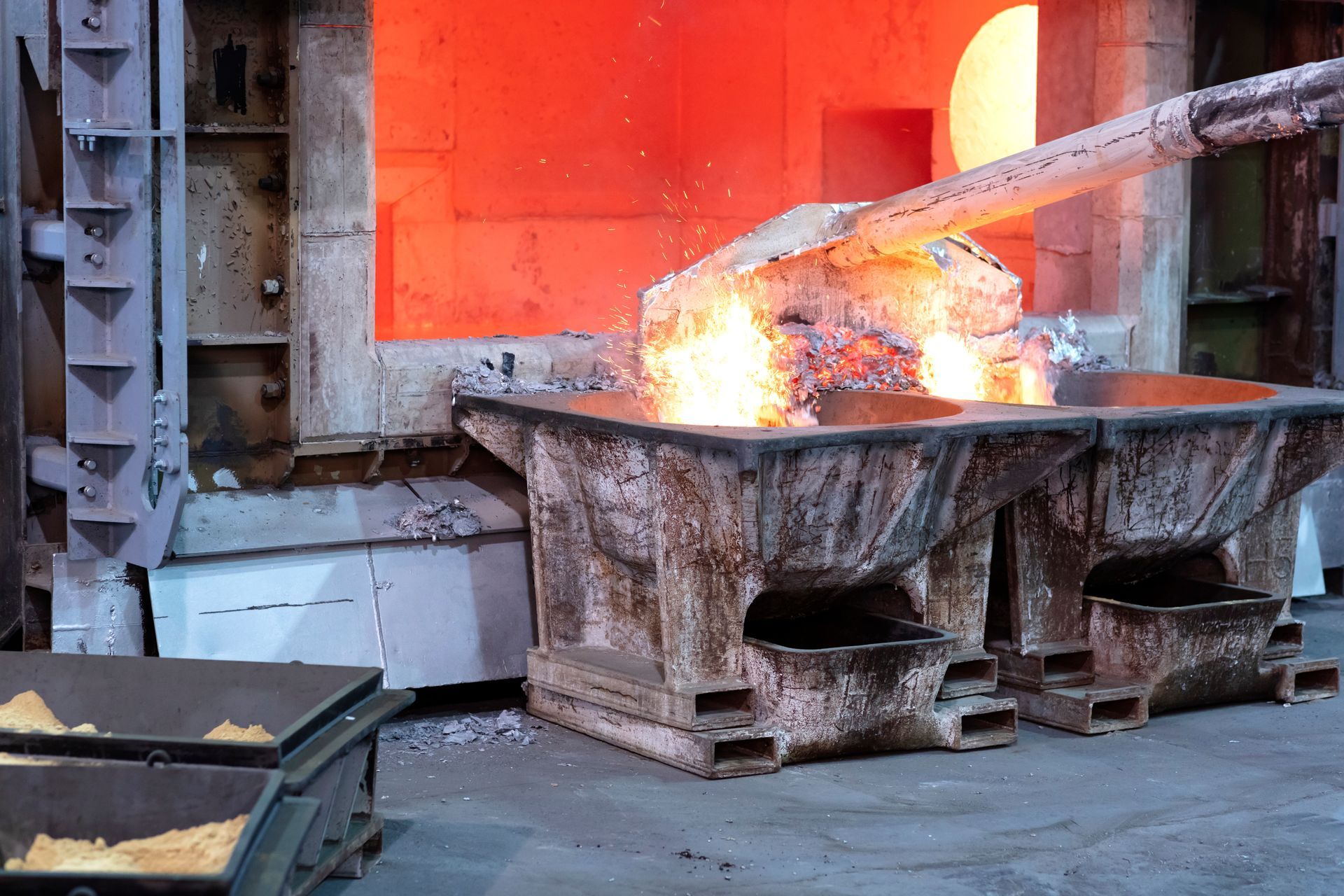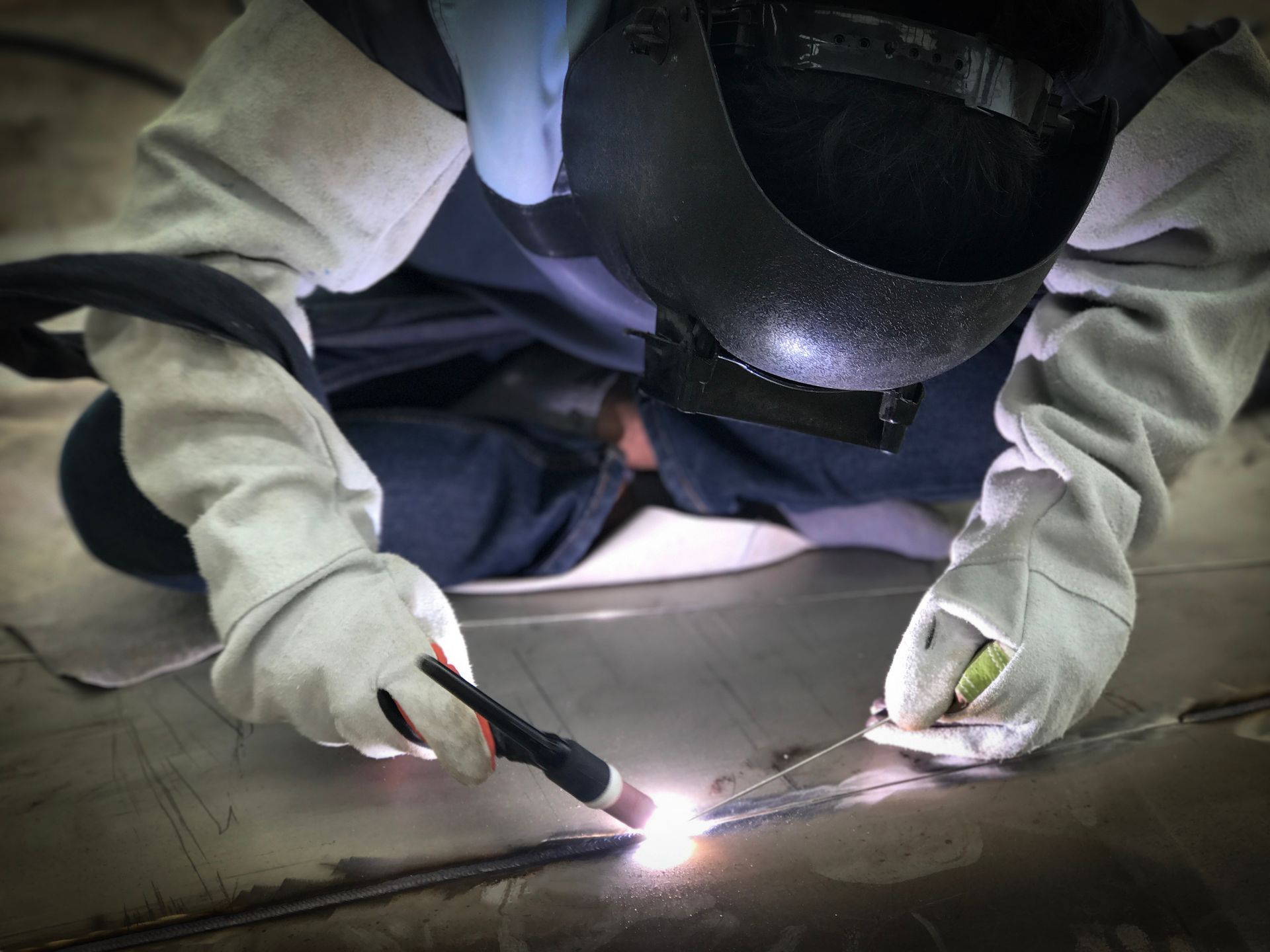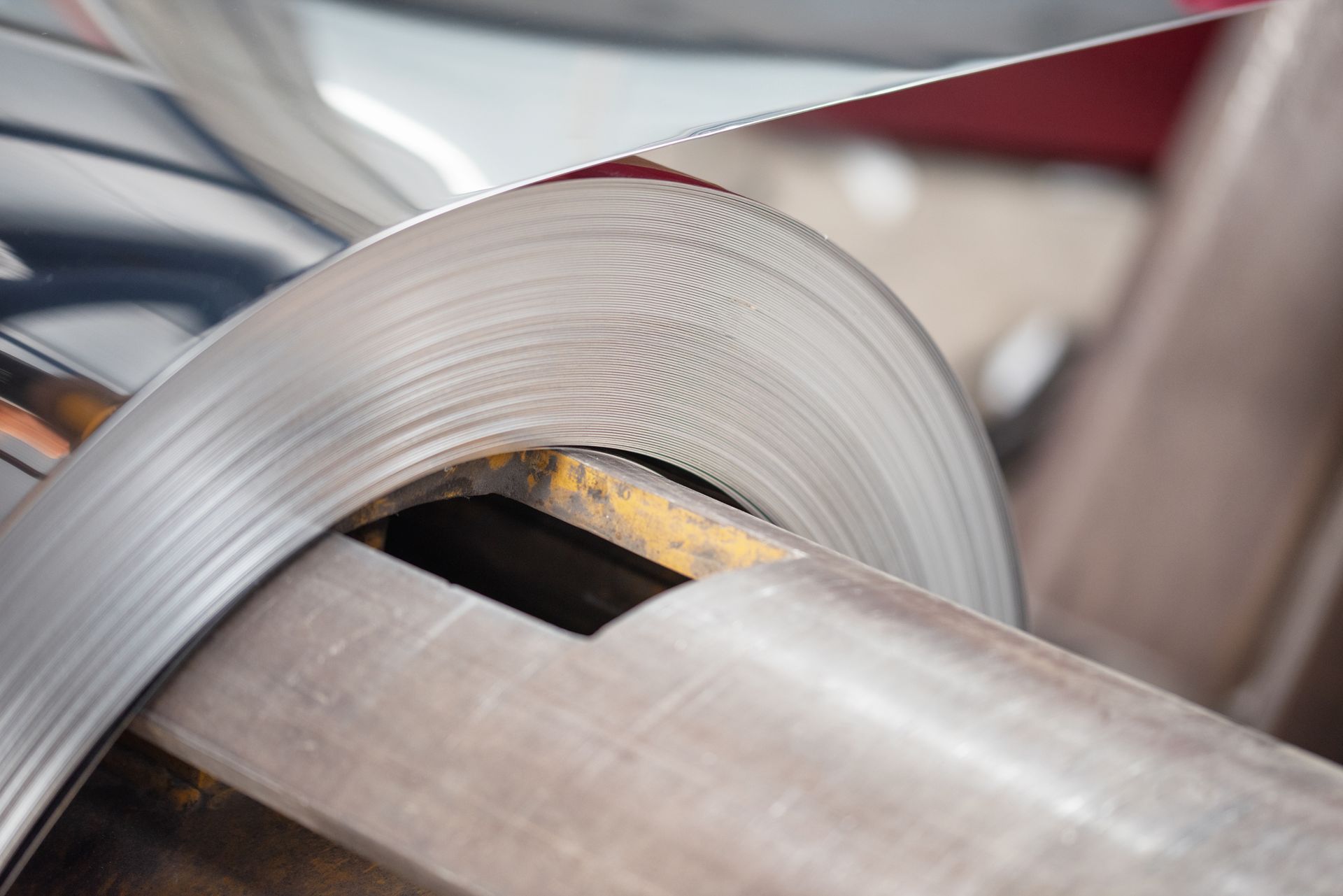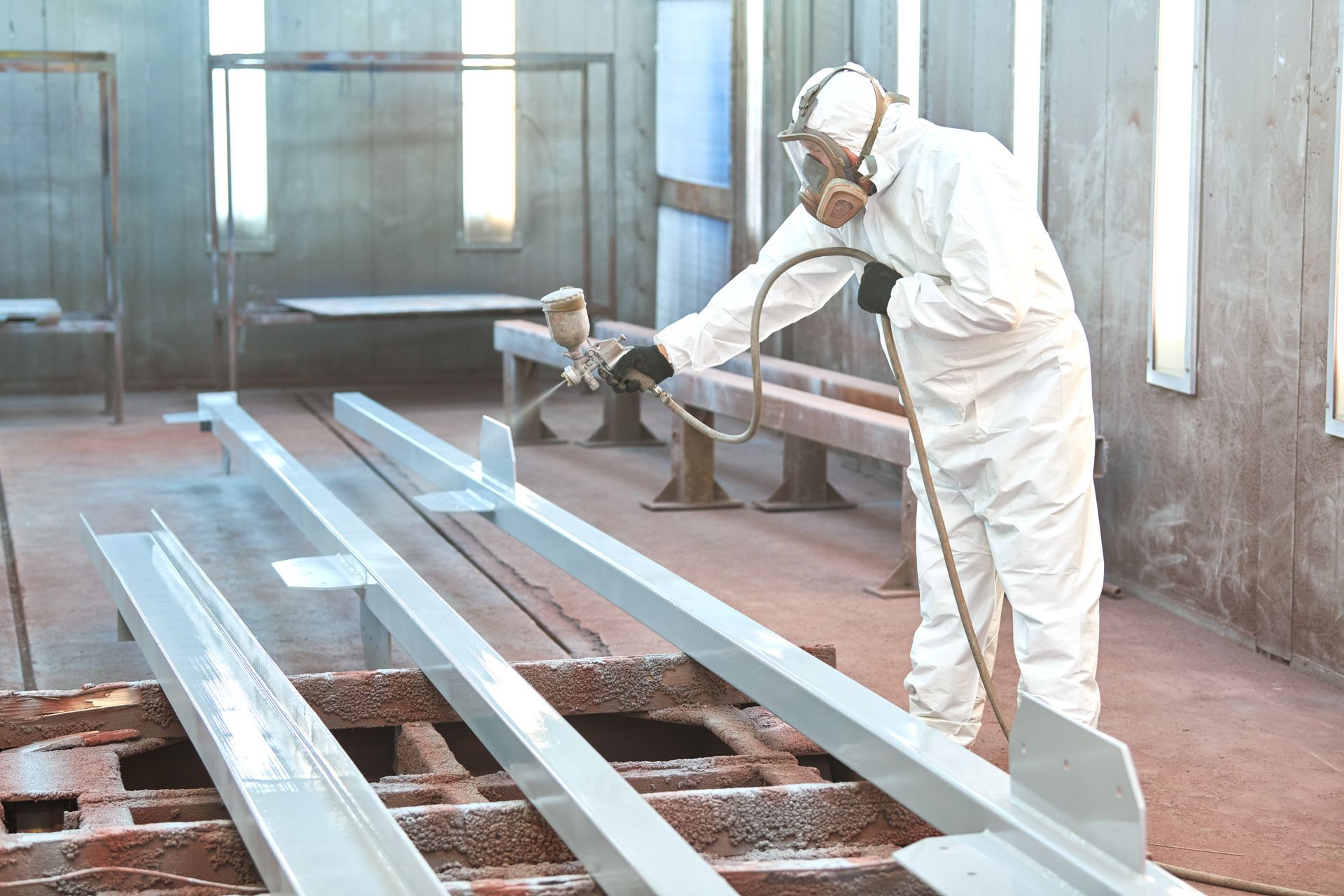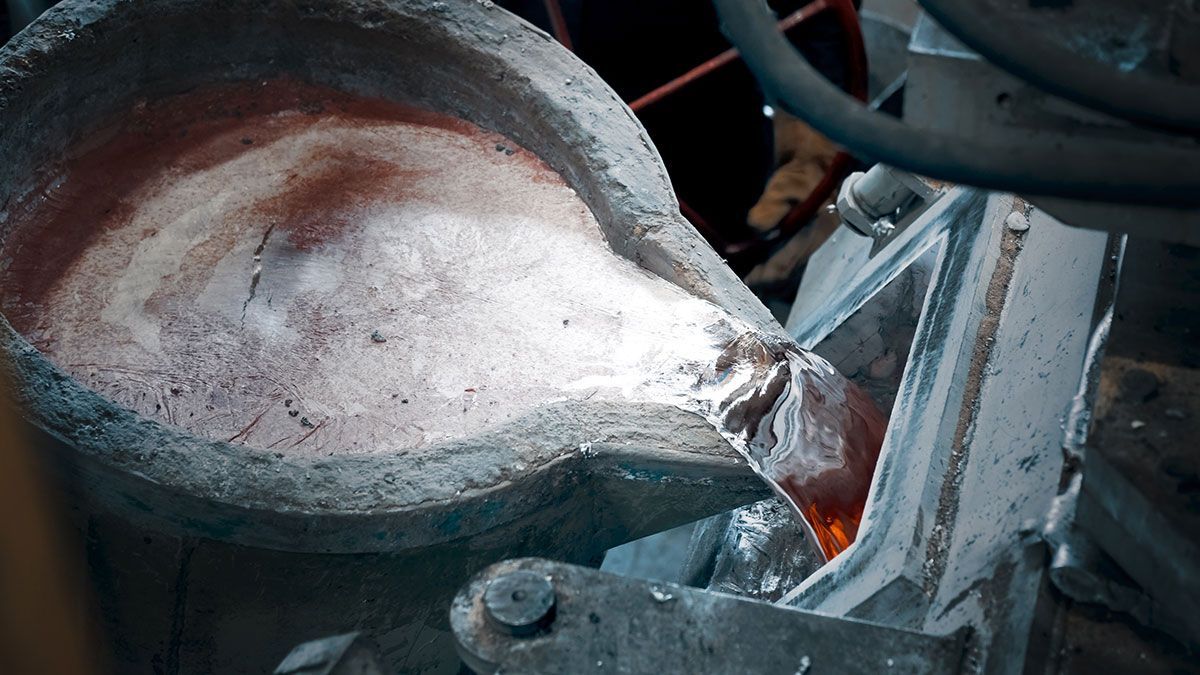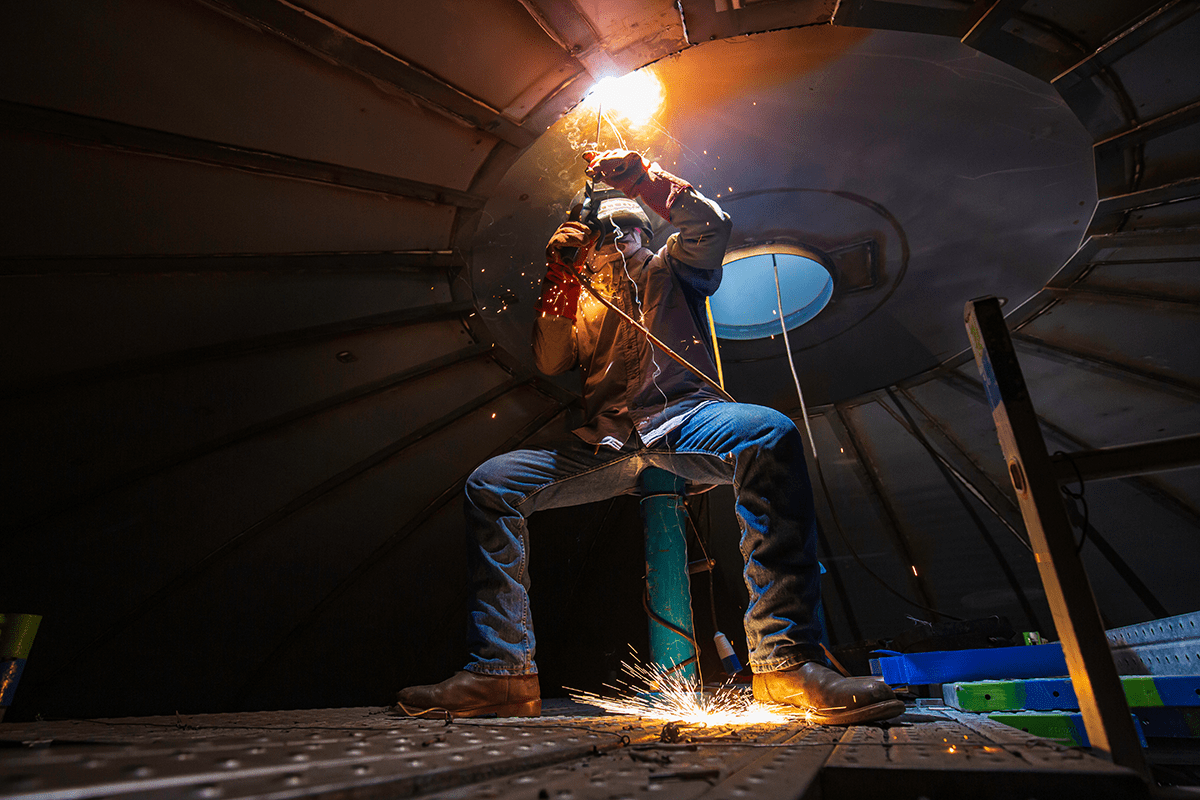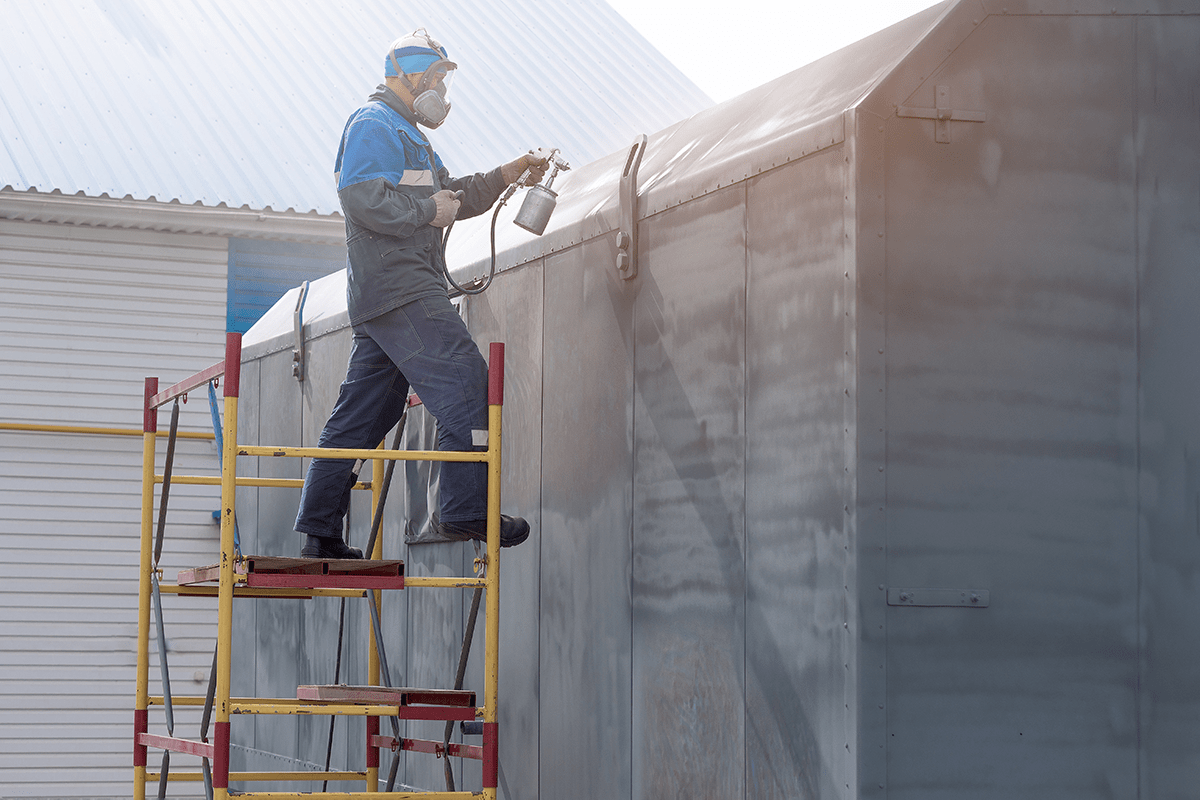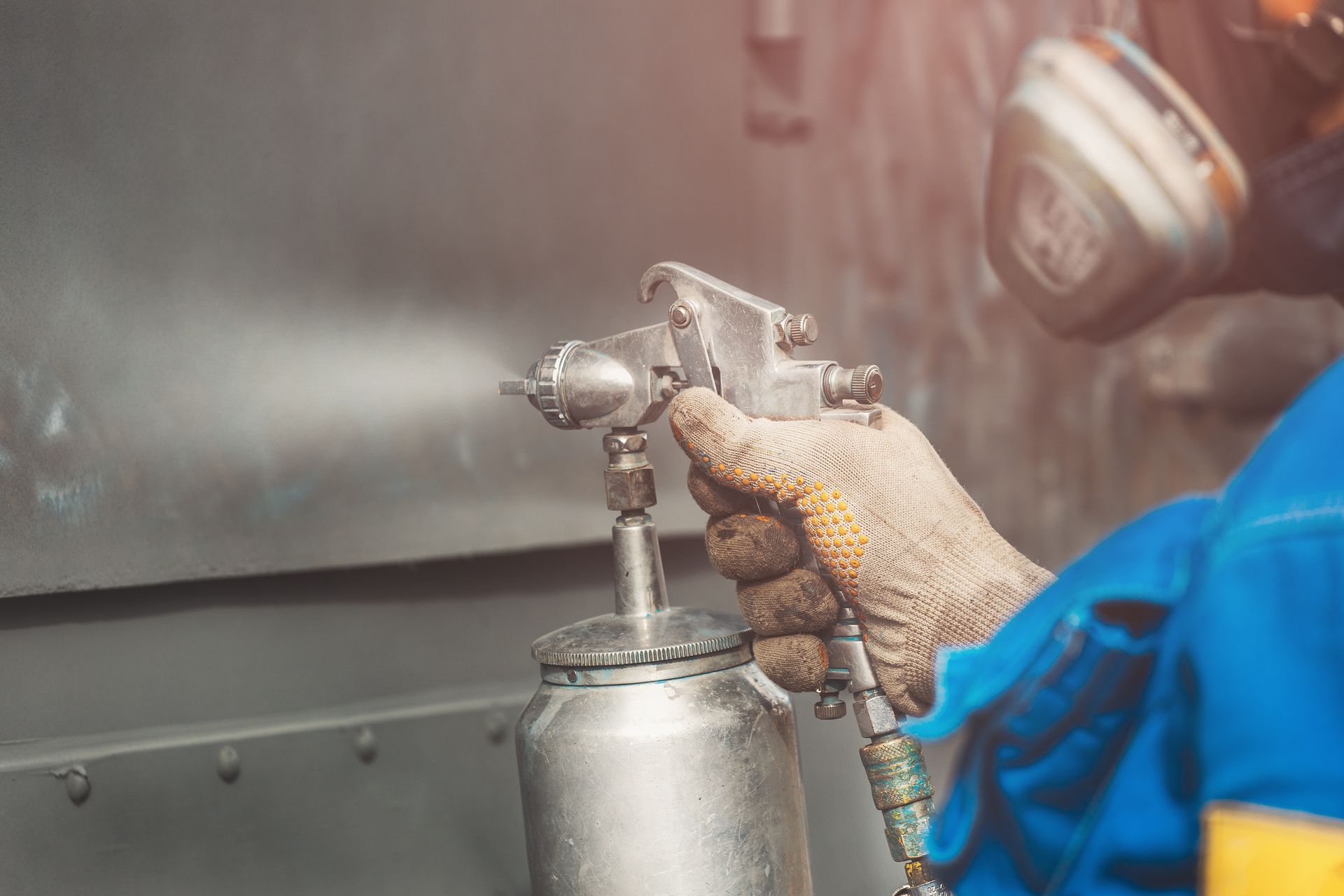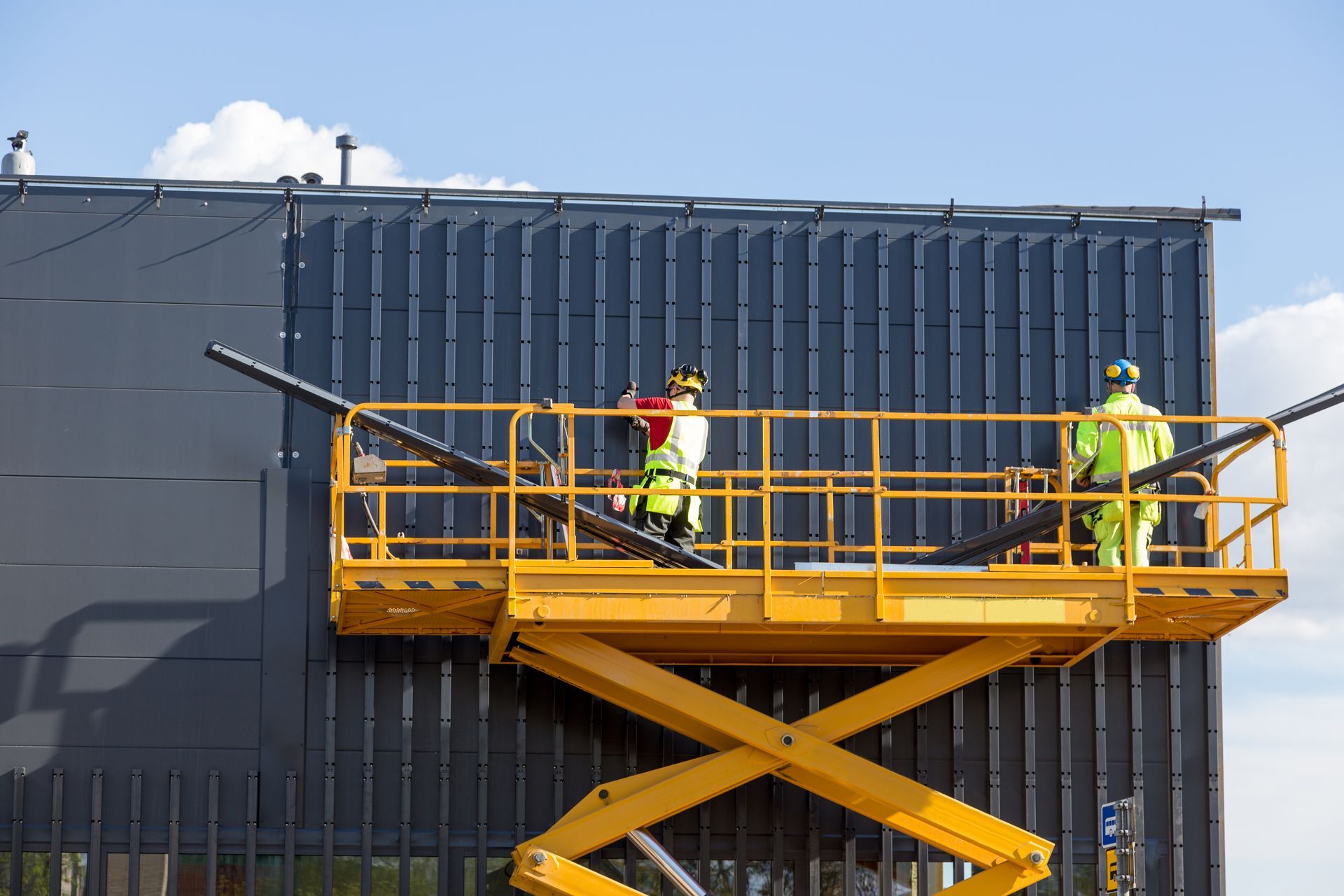Dos and Don’ts For Maintenance of Industrial Platforms
Human height has its limits, but thankfully, our imagination doesn’t. Hence, the existence of maintenance of industrial platforms!
Industrial settings such as warehouses, retail stores or manufacturing facilities often require work at heights—reaching nooks and crannies in top shelves, placing or accessing items, cleaning, maintenances and repairs are common tasks.
This led to the introduction of adjustable industrial platforms for maintenance purposes, replacing the standard platforms and ladders. These platforms may range from simpler designs to quite complex machines.
In this article, we'll discuss the various do's and don'ts of maintenance of industrial platform, tips on how upkeep maintenance of industrial platforms and the benefits of using
maintenance of industrial platforms.
What should you do when carrying out maintenance for industrial platforms?
- Ensure maintenance is carried out by a competent person (someone who has the necessary skills, knowledge, and experience to do the work safely)
- Maintain plant and equipment regularly – use the manufacturer’s maintenance instructions as a guide, particularly if there are safety-critical features
- Have a procedure that allows workers to report damaged or faulty equipment
- Provide the proper tools for the maintenance person
- Schedule maintenance to minimize the risk to other workers and the maintenance person wherever possible
- Make sure maintenance is done safely, that machines and moving parts are isolated or locked and that flammable/explosive/toxic materials are dealt with properly
What you shouldn't do when carrying out maintenance for industrial platforms?
- Do not exceed the rated capacity or the safe working load of the platform
- Do not make any attempt to increase the working height or outreach of the platform, including using of stepladders in the platform
- Do not enter or exit the platform unless the platform is in the lowered and transport position
- Do not apply external side loads to the platform or scissor structure
- Do not allow persons at ground level to operate the controls while the platform is occupied, unless in an emergency
How do you maintain a good upkeep of maintenance of industrial platforms?
a) Stay on top of large machinery operator training
Many types of large machinery have multiple operators. One of the ongoing inspections on any checklist should be overseeing the correct operation of the equipment. Large machinery should be inspected as soon as it is purchased. Operator training is usually done at that point, but training needs to be kept up. Employees come and go, skills become rusty and poor operation leads to breakdowns.
Operator manuals can be revised for the specific work situation. They can be rewritten in a simpler language. A short manual can be provided to each operator for easy reference. And, if you operate in a paperless environment, you can rest assured operators will use the most current version of each manual.
One other note is to identify best practices, which can then be applied to other facilities or geographic locations. The knowledge you learn about how to maintain your equipment can become quite valuable – be sure to best leverage this important knowledge and use it at every applicable location.
b) Add and test lubricants frequently
Lubricants reduce friction around any moving part. A schedule of good lubrication maintenance extends the life of large machinery equipment and parts.
Lubrication is one of the first and most important of maintenance checks. Look for signs of excess oil or grease build-up on pistons. Check for leaks around oil seals.
Be sure to use the right lubricant. There are specific kinds of oil and grease for every component. Check the manufacturer’s recommendations.
Getting the lubricants checked is a good way to diagnose problems with large machinery. Experts analyse particles in the used oil. The makeup of any contaminants will indicate which part may be suffering from wear or breakdown.
c) Check for signs of wear
Vibration, shock, high temperatures, friction and age all contribute to the breakdown of parts in heavy machinery.
Vibration can come from gears and belts that are out of alignment. Shock can come from accidents and from poor operator technique. High temperatures can come from extended use, friction, poor lubrication and worn parts, among other reasons. Age affects many key components. Over time, the belts will warp. Seals will dry and crack. Bolts will loosen and stretch out of shape. Age is a factor to monitor in equipment.
Should you discover wear and tear on any moving parts within your heavy equipment, be sure to perform the necessary replacement of any worn parts quickly.
What are the benefits of an maintenance of industrial platform?
a) Safety benefits
Maintenance of industrial platforms is a great safety solution for workers that need to access an above ground location regularly. Without the use of a maintenance of industrial platform, a worker may resort to an unacceptable practice that leads to injury or possibly even death.
Maintenance of industrial platforms are made to industry standards, so they are easy to use and have built in safety features. Typical platforms have built in safety features may include handrails, mid-rails, toe boards, special treads, gentle stairway inclines, removable chains at the top and bottom of stairways, special areas dedicated for tools and bright coloured paint.
Safety training in the use of industrial platforms will benefit businesses in the long run because, even though they are typically safe, they can still lead to injuries.
b) Productivity benefits
Maintenance of industrial platforms is great for improving productivity. Consider, for example, the situation shown above where the worker has to go get a rolling ladder from a storage area in order to access an elevated location.
Productivity time is lost while the worker goes to get the ladder. More time is lost as the worker moves the ladder to the location for which he needs it. After performing the task, more time is lost when the worker returns the ladder to the storage location.
With a dedicated maintenance of industrial platform to access the elevated location, the time it took to go to the rolling ladder’s storage location, the time it took to move the rolling ladder to the work location and the time it took to return the rolling ladder to the storage location would be saved!
c) Financial benefits
In most jobs, time is money and the use of maintenance of industrial platforms may save money by improving speed, efficiency and safety. They are not only convenient and safe, but time spent on risk assessments and time spent on other equipment, such as scaffolding or rolling ladders, may also be reduced.
The use of maintenance of industrial platforms may also require less staff and thus saving on labour costs are realized. Of course, monetary savings due to injury reduction or elimination can also be considered.
Looking for maintenance of industrial platforms? Try Choong Ngai Engineering
With Choong Ngai Engineering's veteran technicians and engineers, we can provide a start-to-end manufacturing and troubleshooting process of repairing and fabricating your maintenance of industrial platforms.
Most importantly, we'll work alongside you and your team to understand and define your exact requirements, and this process ensures that we provide the best solution to your unique maintenance requirements.
Choon Ngai Engineering has been servicing happy customers for over 20 years. Learn more about our services and previous projects on our website or
contact us at
https://www.choongngaiengineering.com/
